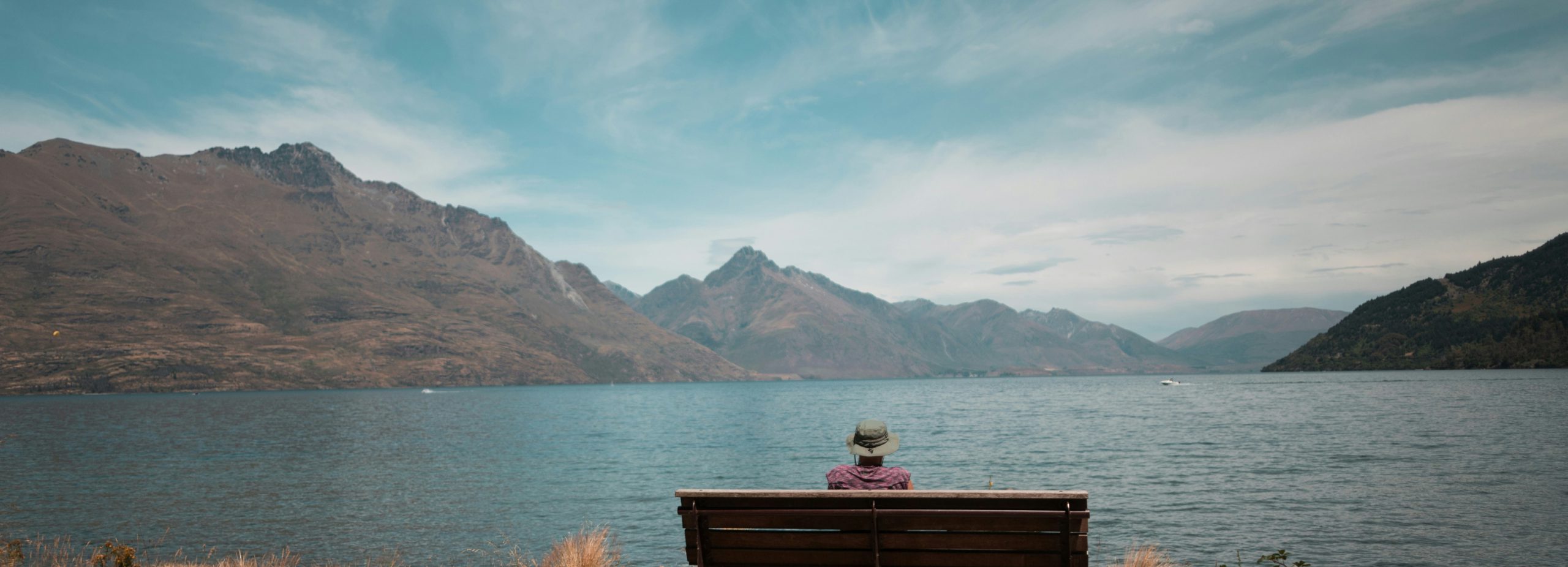During the warmer months, Tāhuna was essential to early Māori ancestors, providing resources such as eels (tuna) and Taramea (New Zealand spear grass). Taramea, known for its beautiful fragrance, was used as a perfume and traded for items like tools, pounamu (greenstone), and kai (food). Māori would undertake journeys on foot from regions like Murihiku (Southland) and Te Tai o Poutini (West Coast) to gather these treasures, journeys that could take up to nine days or more.

Queenstown is home to many culturally significant sites, including lakes, suburbs, beaches, and points. One Māori legend tells of Rākaihautū, a giant ancestor who traversed the South Island with his mighty “ko” (digging stick), creating the lakes. Rākaihautū and his son, Rokohouia, were leaders and guardians of the canoe Uruao, one of the earlier canoes to arrive in Aotearoa.
A notable story is that of Hakitekura, a 13-year-old girl who became the first person to swim across Lake Whakatipu. Inspired by other young women racing in the water, she requested a kauati (fire-starting stick) and dry raupō (bulrush) from her father. Early the next morning, she set out from Tāhuna, swimming across the lake with her supplies wrapped in harakeke (flax) to keep them dry. Upon reaching the shore, she lit a fire as a signal of her achievement. The smoke alerted the people of Tāhuna, who initially thought they were under attack until her father recalled her request. The rocks at the point where she landed are said to be blackened from her fire, leading to the name Te Ahi-a-Hakitekura, meaning “The Fire of Hakitekura.”

Before European settlement, the land was divided among various iwi (tribes). The area now known as Queenstown is part of the Ngāi Tahu iwi, who settled in Te Waipounamu (South Island) over 800 years ago. Ngāi Tahu are renowned for their resilience and entrepreneurship and have contributed significantly to tourism in Queenstown, with ventures like the Shotover Jet and Franz Josef Glacier Guides. They continue to play a crucial role in preserving the land and environment in the region.
A Māori saying that resonates with the region is “He iti kahurangi,” meaning “A little treasure.” This reflects Queenstown’s status as one of Aotearoa’s treasures—a place with a unique and welcoming energy. Visitors come here to escape daily life and leave feeling rejuvenated, carrying memories of the land’s abundant offerings, from food and activities to unforgettable experiences.

Our guest services are here to make your Queenstown experience seamless and unforgettable. From personalised concierge assistance to local recommendations, we ensure every moment of your stay is stress-free and uniquely tailored to you. Let us take care of the details, so you can focus on creating memories.
Contact us today to start planning your perfect escape.
© Tahuna Hideaway 2025 Terms Site Credit
Proud Partners